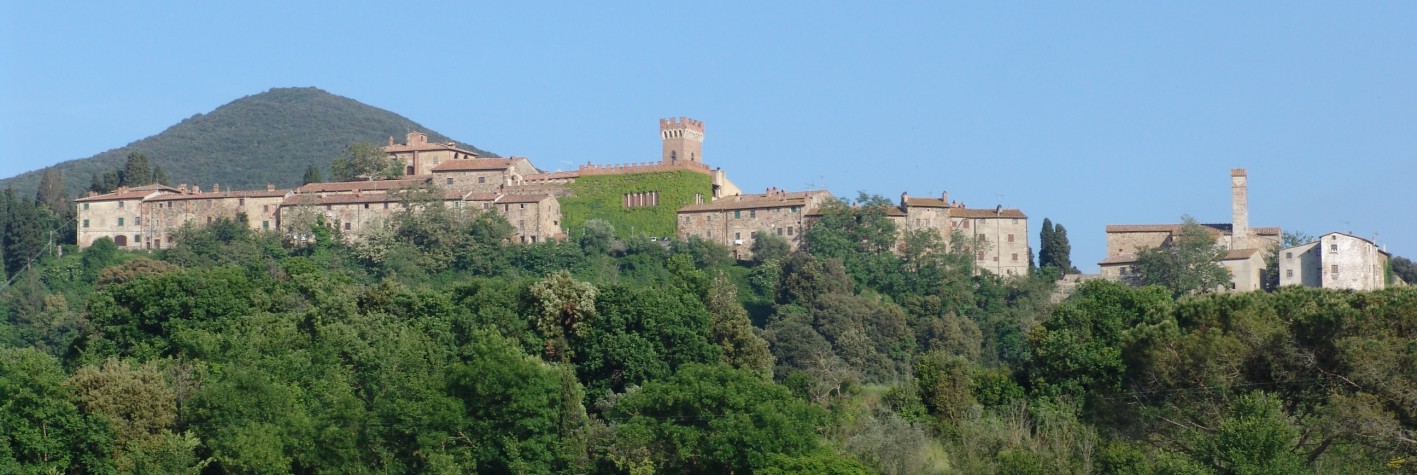The valley of the Cecina river extends along it in the southern part of the province of Pisa up to bordering some territories of the provinces of Siena and Grosseto, and enters for a short stretch in the central portion of the province of Livorno near the mouth and the terminal stretch of the watercourse.
The territory is mainly hilly throughout the hinterland and flat only in the proximity of the mouth. From a landscape point of view, the steep gullies, known as Balze di Volterra, found near the town of the same name, are very suggestive; the area is rich both in geothermal sources which manifest themselves in the form of boraciferous fumaroles in the area around the locality of Larderello, and in two wind farms for the production of energy, located in the municipalities of Riparbella and Montecatini Val di Cecina on the border with the Valdera.
The Val di Cecina area includes the municipalities of Castellina Marittima, Riparbella, Casale Marittimo, Guardistallo, Montescudaio, Montecatini Val di Cecina, Volterra, Pomarance, Castelnuovo di Val di Cecina and Monteverdi Marittimo in the Pisan hinterland, some portions of the municipalities of Radicondoli and Casole d’Elsa in the province of Siena, the municipality of Cecina along the Livorno coast, the municipality of Bibbona and the Vada fraction of the Municipality of Rosignano Marittimo. Adding up the population of the municipalities that make it up, the Val di Cecina has about 72,000 inhabitants.
The area of the Val di Cecina that extends along the first hilly offshoots that slope down towards the Maremma Livornese and the central part of the Etruscan Coast is also called Maremma Pisana and includes the municipalities of Castellina Marittima, Riparbella, Montescudaio, Guardistallo, Casale Marittimo and Maritime Monteverdi.
The origin of the name
The hydronym and toponym Cecina is of Etruscan origin and is connected to the surname of a powerful Etruscan gens originally from Volterra, the Kaikna (or Ceicna), known in Roman times as Caecina and variously attested throughout the Cecina Valley. The ending in -na of the toponym and hydronym Cecina would demonstrate the derivation from the name of the gens of the same name, and not vice versa, as -na «would express the dependence and subordination of the place to the gens that would have exercised its power there».



